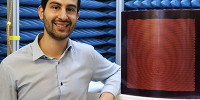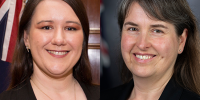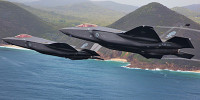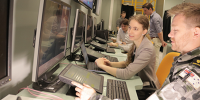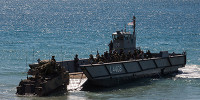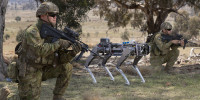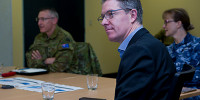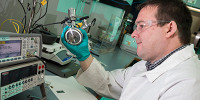- Home
- Strategies
- Discover DSTG
- Our science
- Publications
- Events
- Partner with us
- Opportunities
- Industry
- University
- Community
- Australian government agencies
- International government agencies
- Defence Research, Innovation and Collaboration Security (DRICS)
- Access our expertise and facilities
- Access our technology
- Search our partnerships
- Safeguarding Australia through Biotechnology Response and Engagement (SABRE) Alliance
- Careers
- Media Centre
- Contact Us
- Alumni

